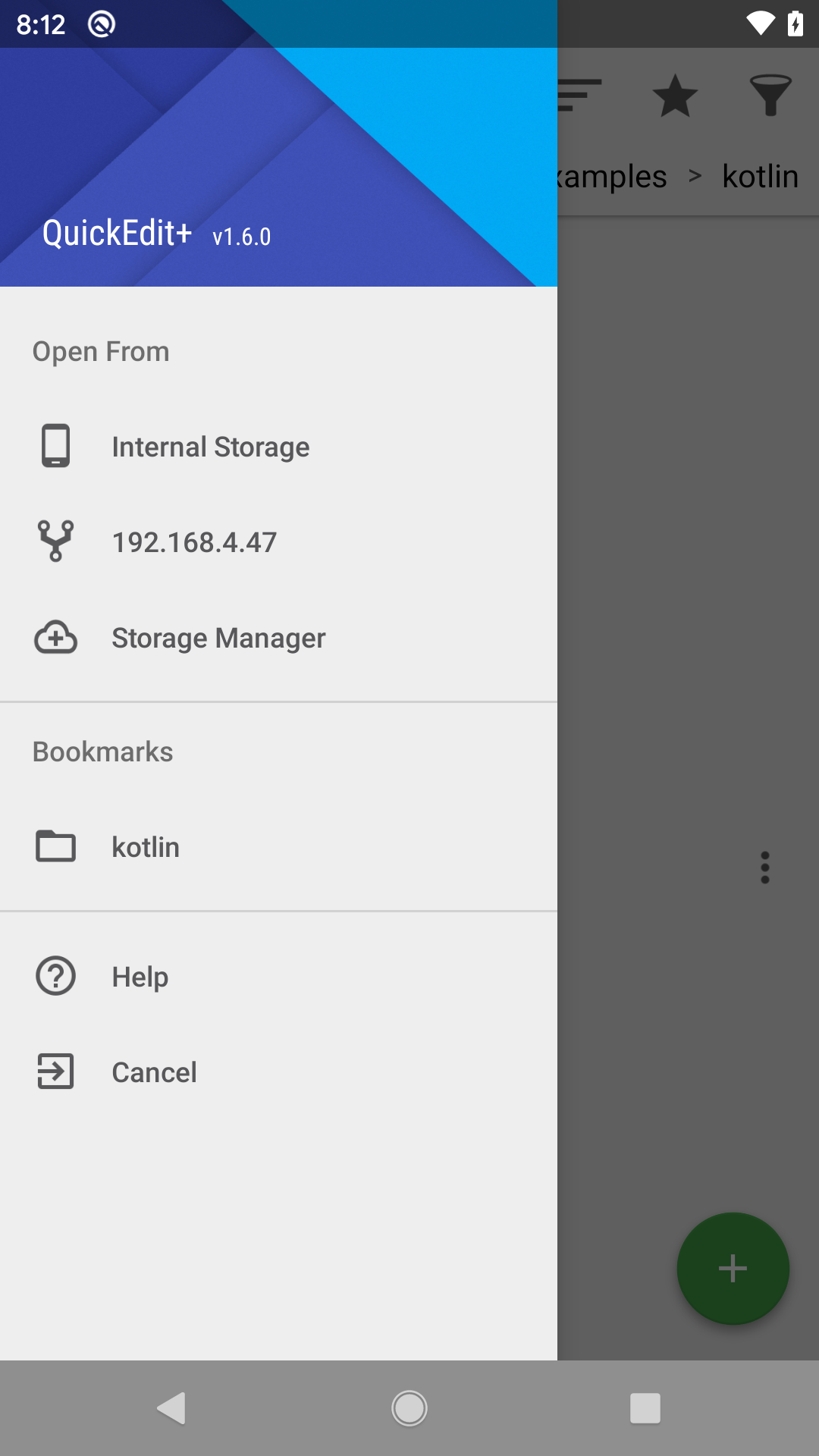
DOES ANYUNLOCK DELETE DATA HOW TO
This article will display you how to remove Activation Lock on iPhone. If you purchased a used iPhone and also you didn't comprehend it was once locked, you won't be able to use it either. Log out as the user with the can_delete role.Unfortunately, thieves are not the one ones pissed off with Activation Lock.Add the delete command to the end of the search criteria and run the search again.Confirm that the search is retrieving the correct data.Run the following search to retrieve all of the Search Tutorial events.Log out as admin and log back in as the user with the can_delete role.Click Settings, Access controls and create a new user with the can_delete role.Remove all of the Splunk Search Tutorial events from your index. Delete events that contain a specific wordĭelete events from the imap index that contain the word invalid. Index=insecure | regex _raw = "\d" | deleteĢ. Run the following search to ensure that you are retrieving the correct data from the insecure index.Use the regex command to identify events that contain the strings that you want to match. Delete events with Social Security numbersĭelete the events from the insecure index that contain strings that look like Social Security numbers. See Remove indexes and indexed data in Managing Indexers and Clusters of Indexers.Įxamples 1. You cannot select the specific data that you want to remove. The clean command removes all of the data in an index. You must use the clean command from the CLI to permanently remove the data. The delete command does not remove the data from your disk space. Index=fbus_summary latest=1417356000 earliest=1417273200 | eval index = "fbus_summary" | delete Permanently removing data from an index If your events do contain an additional index field, you can use eval before invoking delete, as in this example:

If your events contain a field named index aside from the default index field that is applied to all events. | head 100 | delete Centralized streaming commands include: head, streamstats, some modes of dedup, and some modes of cluster. For example, you can't delete events using a search like this: You cannot use the delete command after a centralized streaming command. Searches with centralized streaming commands. The delete command does not work in all situations: An errors field is also emitted, which will normally be 0. The quantity of deleted events is in the deleted field.

The output of the delete command is a table of the quantity of events removed by the fields splunk_server (the name of the indexer or search head), and index, as well as a rollup record for each server by index "_ALL_". The delete command does not trigger a roll of hot buckets to warm in the affected indexes. After you confirm that the results contain the data that you want to delete, pipe the search to the delete command. Make sure that the search returns ONLY the events that you want to delete, and no other events. To use the delete command, run a search that returns the events you want deleted. You should create a special userid that you log on with when you intend to delete indexed data. No other role, including the admin role, has this ability. By default, only the "can_delete" role has the ability to delete events. The delete command can be accessed only by a user with the "delete_by_keyword" capability. You cannot run the delete command in a real-time search to delete events as they arrive. If you want to get your data back after the data is deleted, you must re-index the applicable data sources. The delete command does not reclaim disk space. No user, not even a user with admin permissions, is able to view this data after deletion. Subsequent searches do not return the marked events. Using the delete command marks all of the events returned by the search as deleted.


 0 kommentar(er)
0 kommentar(er)
